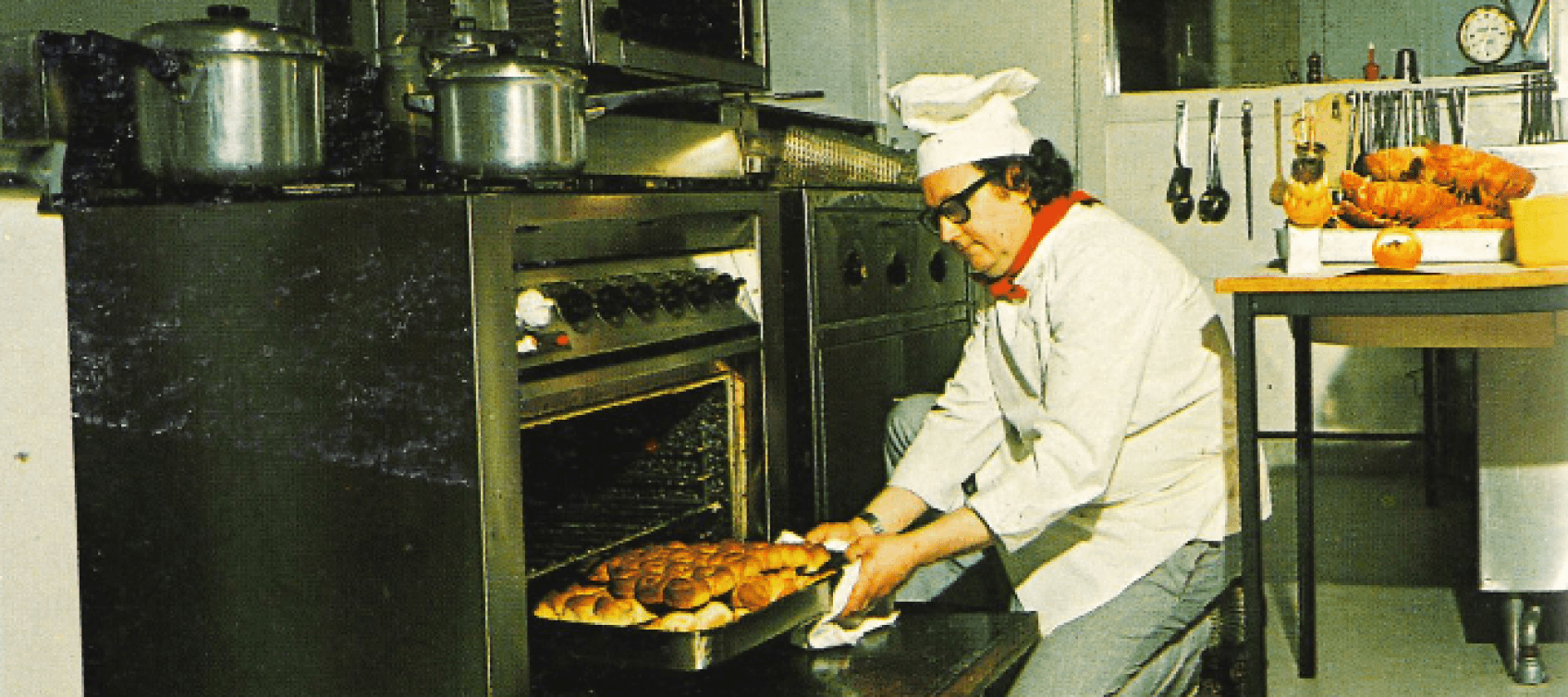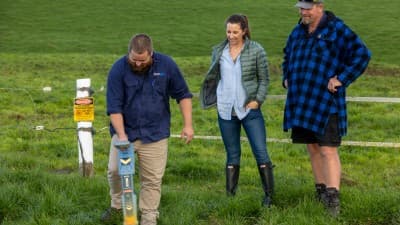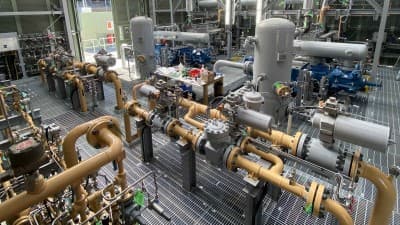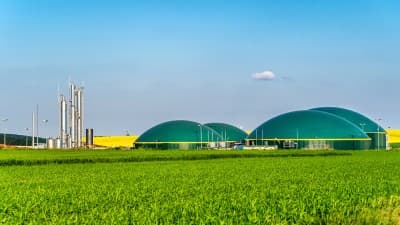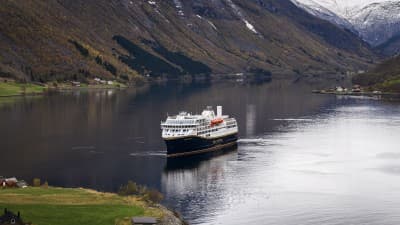For generations, Kiwis have trusted natural gas to keep their homes warm, their water hot, and their meals cooking. Behind that reliability lies a rich history of innovation, discovery and a commitment to delivering energy New Zealanders could depend on through changing times.
From coal gas to natural gas
New Zealand’s relationship with gas began long before modern pipelines. In the 1860s, towns like Dunedin and Wellington used “town gas”, produced from coal, to light streets and homes. It was an early symbol of progress and energy dependability in a young nation finding its footing.
A century later, a new chapter began in Taranaki. The Kapuni gas field, discovered in 1959, marked the dawn of natural gas production in New Zealand. By 1970, gas from Kapuni was flowing through newly built pipelines to North Island cities and industries.
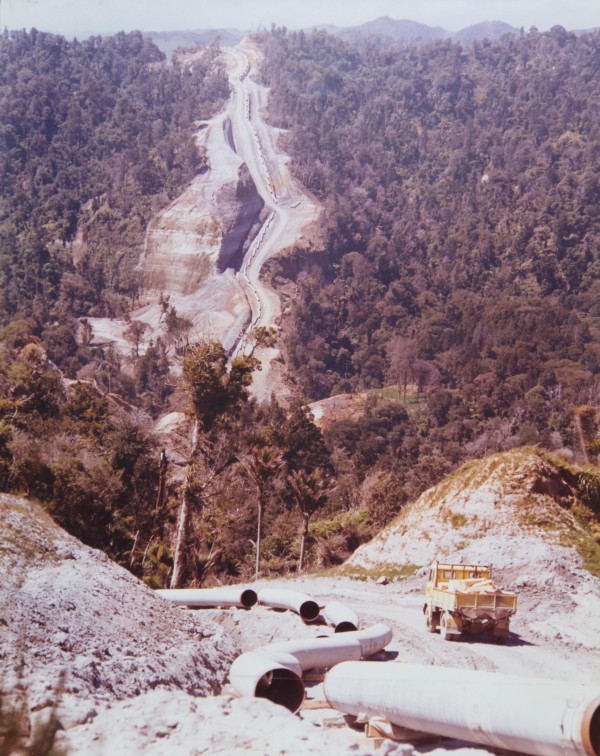
The laying of the pipelines – photo from the Firstgas archive library.
Then came the Māui offshore gas field
Discovered in 1969 and brought into production a decade later the Māui field became a game changer, one of the largest gas fields in the Southern Hemisphere at the time, helping to fuel power generation, manufacturing, and countless Kiwi homes for decades across the North Island.
Cooking with gas - photo sourced from the Firstgas photo archive library
A reliable backbone
Natural gas quickly became the quiet achiever in New Zealand’s energy mix, dependable, efficient and always there when needed. Gas underpins our country’s electricity generation and helps to fill the gap in meeting energy demand when the wind doesn’t blow, the sun does not shine and when lake levels are low. People love to cook and heat their homes and hot water with gas, restaurants use gas to create culinary delights and for industry it provides the intense energy required to produce products like cement, glass and steel.
Adapting for the future
Today, as New Zealand transitions towards a lower carbon energy future, that legacy of reliability remains more important than ever. Firstgas and the wider gas industry are exploring renewable gases such as biomethane and hydrogen. We’re using existing pipeline infrastructure to pilot renewable gas projects so that our networks and infrastructure can be ready, if and when renewable gas is widely available.
Looking ahead
From coal gas lamps in the 1860s to the natural gas networks that have powered the nation since the 1970s, dependable energy has always been part of New Zealand’s story. As we move toward renewable solutions, the legacy of natural gas continues to light the way, showing that with innovation and care, reliability and sustainability can go hand in hand.

